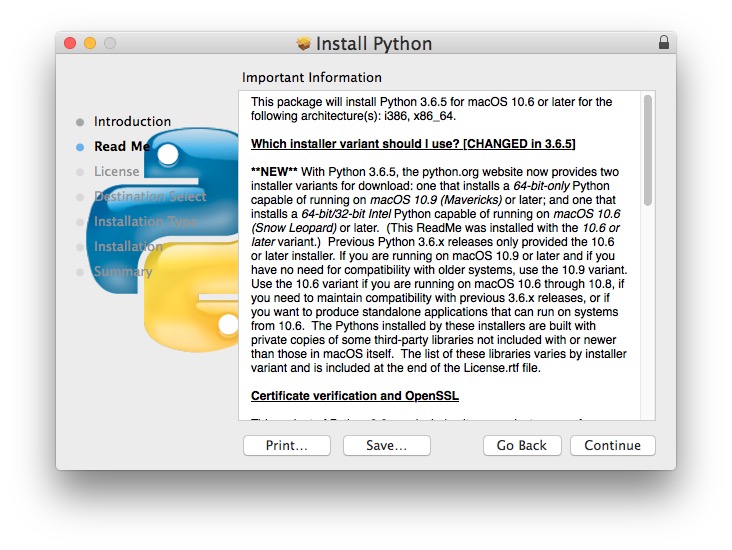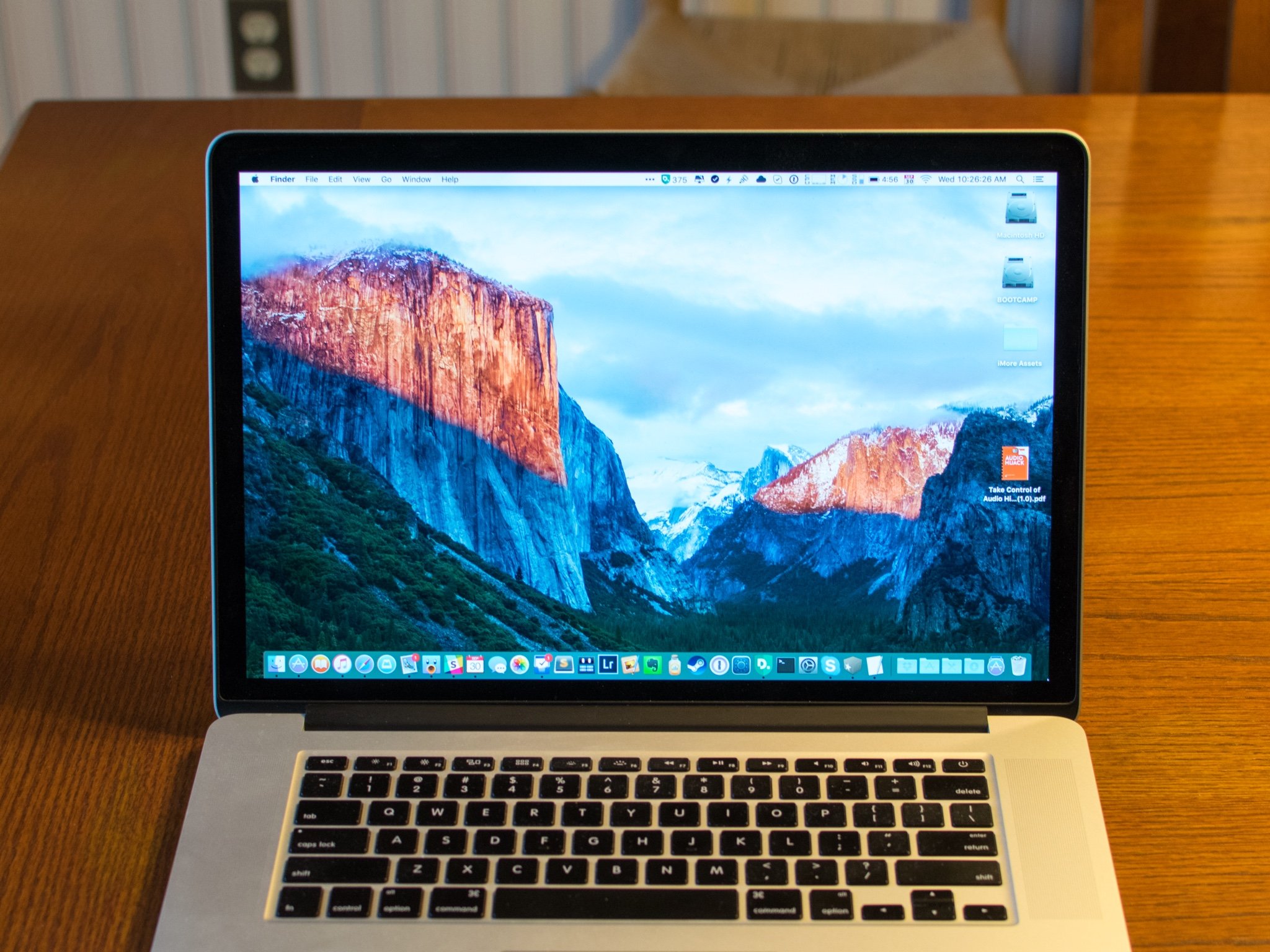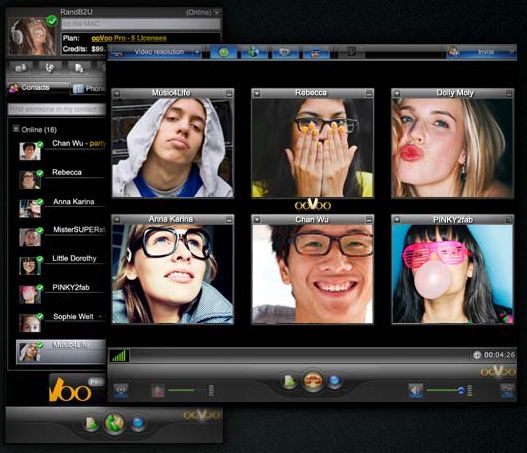If you perform a fresh install of Xcode, you will also need to add the commandline tools by running xcode-select-install on the terminal. While OS X comes with a large number of Unix utilities, those familiar with Linux systems will notice one key component missing: a decent package manager. Latest - Latest build on the channel (used with the -Channel option). Three-part version in X.Y.Z format representing a specific build version; supersedes the -Channel option. For example: 2.0.0-preview2-006120. If not specified, -Version defaults to latest. Install the latest long-term supported (LTS) version to the default location. Download and install sqlpackage.; 4 minutes to read; d; In this article. Sqlpackage runs on Windows, macOS, and Linux. Download and install the latest.NET Framework release and macOS and Linux previews.
Name
dotnet-install.ps1 | dotnet-install.sh - Script used to install the .NET SDK and the shared runtime.
Synopsis
Windows:
Linux/macOS:
Install Latest Version Of Mac Os X
The bash script also reads PowerShell switches, so you can use PowerShell switches with the script on Linux/macOS systems.
Description
The dotnet-install scripts perform a non-admin installation of the .NET SDK, which includes the .NET CLI and the shared runtime. There are two scripts:
- A PowerShell script that works on Windows.
- A bash script that works on Linux/macOS.
Note
.NET collects telemetry data. To learn more and how to opt out, see .NET SDK telemetry.
Purpose
Install Latest Os On Mac
The intended use of the scripts is for Continuous Integration (CI) scenarios, where:
The SDK needs to be installed without user interaction and without admin rights.
The SDK installation doesn't need to persist across multiple CI runs.
The typical sequence of events:
- CI is triggered.
- CI installs the SDK using one of these scripts.
- CI finishes its work and clears temporary data including the SDK installation.
To set up a development environment or to run apps, use the installers rather than these scripts.
Recommended version
We recommend that you use the stable version of the scripts:
- Bash (Linux/macOS): https://dot.net/v1/dotnet-install.sh
- PowerShell (Windows): https://dot.net/v1/dotnet-install.ps1
Script behavior
Both scripts have the same behavior. They download the ZIP/tarball file from the CLI build drops and proceed to install it in either the default location or in a location specified by -InstallDir|--install-dir.
By default, the installation scripts download the SDK and install it. If you wish to only obtain the shared runtime, specify the -Runtime|--runtime argument.
By default, the script adds the install location to the $PATH for the current session. Override this default behavior by specifying the -NoPath|--no-path argument. The script doesn't set the DOTNET_ROOT environment variable.
Before running the script, install the required dependencies.



Install Latest Mac Os X
You can install a specific version using the -Version|--version argument. The version must be specified as a three-part version number, such as 2.1.0. If the version isn't specified, the script installs the latest version.
The install scripts do not update the registry on Windows. They just download the zipped binaries and copy them to a folder. If you want registry key values to be updated, use the .NET installers.
Options
-Architecture|--architecture <ARCHITECTURE>Architecture of the .NET binaries to install. Possible values are
<auto>,amd64,x64,x86,arm64, andarm. The default value is<auto>, which represents the currently running OS architecture.-AzureFeed|--azure-feedSpecifies the URL for the Azure feed to the installer. We recommended that you don't change this value. The default value is
https://dotnetcli.azureedge.net/dotnet.-Channel|--channel <CHANNEL>Specifies the source channel for the installation. The possible values are:
Current- Most current release.LTS- Long-Term Support channel (most current supported release).- Two-part version in X.Y format representing a specific release (for example,
2.1or3.0). - Branch name: for example,
release/3.1.1xxormaster(for nightly releases). Use this option to install a version from a preview channel. Use the name of the channel as listed in Installers and Binaries.
The default value is
LTS. For more information on .NET support channels, see the .NET Support Policy page.-DryRun|--dry-runIf set, the script won't perform the installation. Instead, it displays what command line to use to consistently install the currently requested version of the .NET CLI. For example, if you specify version
latest, it displays a link with the specific version so that this command can be used deterministically in a build script. It also displays the binary's location if you prefer to install or download it yourself.-FeedCredential|--feed-credentialUsed as a query string to append to the Azure feed. It allows changing the URL to use non-public blob storage accounts.
--helpPrints out help for the script. Applies only to bash script. For PowerShell, use
Get-Help ./dotnet-install.ps1.-InstallDir|--install-dir <DIRECTORY>Specifies the installation path. The directory is created if it doesn't exist. The default value is %LocalAppData%Microsoftdotnet on Windows and /usr/share/dotnet on Linux/macOS. Binaries are placed directly in this directory.
-JSonFile|--jsonfile <JSONFILE>Specifies a path to a global.json file that will be used to determine the SDK version. The global.json file must have a value for
sdk:version.-NoCdn|--no-cdnDisables downloading from the Azure Content Delivery Network (CDN) and uses the uncached feed directly.
-NoPath|--no-pathIf set, the installation folder isn't exported to the path for the current session. By default, the script modifies the PATH, which makes the .NET CLI available immediately after install.
-ProxyAddressIf set, the installer uses the proxy when making web requests. (Only valid for Windows.)
-ProxyBypassList <LIST_OF_URLS>If set with
ProxyAddress, provides a list of comma-separated urls that will bypass the proxy. (Only valid for Windows.)ProxyUseDefaultCredentialsIf set, the installer uses the credentials of the current user when using proxy address. (Only valid for Windows.)
-Runtime|--runtime <RUNTIME>Installs just the shared runtime, not the entire SDK. The possible values are:
dotnet- theMicrosoft.NETCore.Appshared runtime.aspnetcore- theMicrosoft.AspNetCore.Appshared runtime.windowsdesktop- theMicrosoft.WindowsDesktop.Appshared runtime.
--runtime-id <RID>[Deprecated]Specifies the runtime identifier for which the tools are being installed. Use
linux-x64for portable Linux. (Only valid for Linux/macOS and for versions earlier than .NET Core 2.1.)--os <OPERATING_SYSTEM>Specifies the operating system for which the tools are being installed. Possible values are:
osx,linux,linux-musl,freebsd,rhel.6. (Valid for .NET Core 2.1 and later.)The parameter is optional and should only be used when it's required to override the operating system that is detected by the script.
-SharedRuntime|--shared-runtimeNote
This parameter is obsolete and may be removed in a future version of the script. The recommended alternative is the
-Runtime|--runtimeoption.Installs just the shared runtime bits, not the entire SDK. This option is equivalent to specifying
-Runtime|--runtime dotnet.-SkipNonVersionedFiles|--skip-non-versioned-filesSkips installing non-versioned files, such as dotnet.exe, if they already exist.
-UncachedFeed|--uncached-feedAllows changing the URL for the uncached feed used by this installer. We recommended that you don't change this value.
-Verbose|--verboseDisplays diagnostics information.
-Version|--version <VERSION>Represents a specific build version. The possible values are:
latest- Latest build on the channel (used with the-Channeloption).- Three-part version in X.Y.Z format representing a specific build version; supersedes the
-Channeloption. For example:2.0.0-preview2-006120.
If not specified,
-Versiondefaults tolatest.
Examples
Install the latest long-term supported (LTS) version to the default location:
Windows:
macOS/Linux:
Install the latest version from 3.1 channel to the specified location:
Windows:
macOS/Linux:
Install the 3.0.0 version of the shared runtime:
Windows:
macOS/Linux:
Obtain script and install the 2.1.2 version behind a corporate proxy (Windows only):
Obtain script and install .NET CLI one-liner examples:
Windows:
macOS/Linux:
See also

 -->
-->